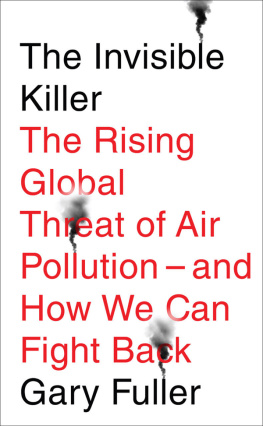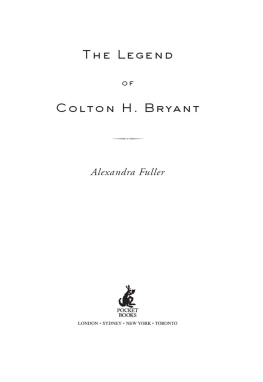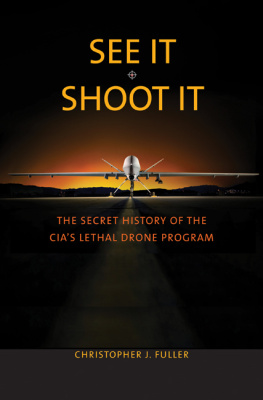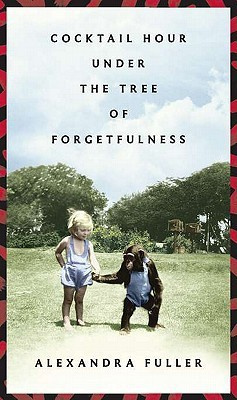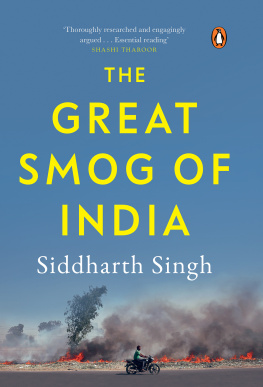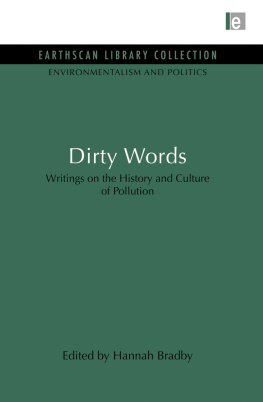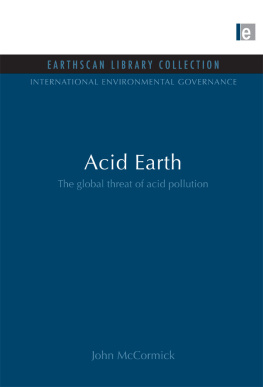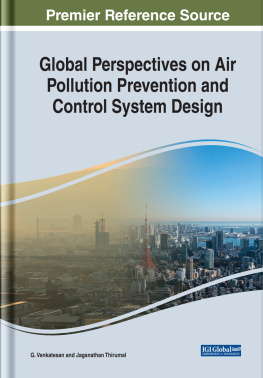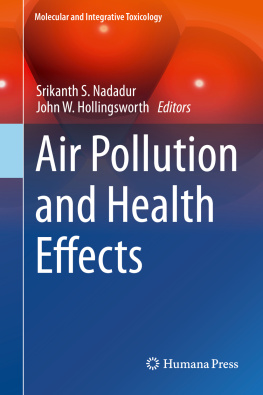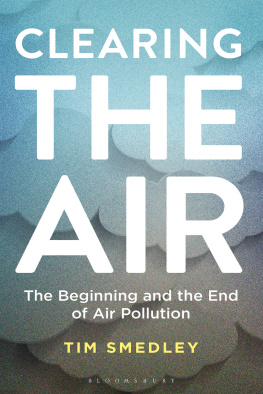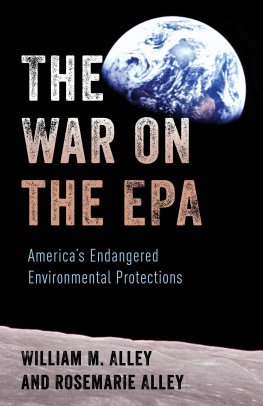Contents
Guide
The Invisible Killer
The Rising Global Threat of Air Pollution and How We Can Fight Back
The Invisible Killer
The Rising Global Threat of Air Pollution and How We Can Fight Back
Gary Fuller

The Invisible Killer
First published in Great Britain in 2018 by
Melville House UK
Suite 2000
16/18 Woodford Road
London E7 0HA
Copyright 2018 Gary Fuller
The right of Gary Fuller to be identified as the author of this work has been asserted by him in accordance with the Copyright, Design and Patents Act 1988
A CIP catalogue record for this book is available from the British Library
ISBN: 978-1-911545-19-4
1 3 5 7 9 10 8 6 4 2
All rights reserved. No part of this publication may be reproduced, transmitted, or stored in a retrieval system, in any form or by any means, without permission in writing from Melville House UK.
Printed in the UK by TJ International Ltd, Padstow, Cornwall
Design and typesetting by Roland Codd
This book is for the 12,000 people whose lives were cut short by the London smog of 1952. They have no memorial.
Contents
Part 1
Warning signs: from medieval London to pea-soupers
Part 2
The battle begins: twentieth-century damage
Part 3
The battle grounds of today: modern problems in 95 a modern world
Part 4
Fighting back: the future of our air
Introduction
Humans can live for three weeks without food and three days without water but only three minutes without air. Yet we simply take our air for granted. Its always there. Its everywhere. The air pollution that we breathe has changed a great deal over the centuries. It is largely invisible to us but it is having a significant impact on our health and the health of our children.
More than 90 per cent of the worlds population is exposed to air pollution concentrations that exceed World Health Organisation (WHO) guidelines. Globally, four and a half million people died prematurely from particle and ozone pollution in 2015. So why dont we understand air pollution better? And how have we allowed it to build to the crisis we find today?
The face of air pollution has changed. Modern air pollution does not look like the thick black industrial smoke from the past. Londons international reputation as the worlds most polluted city, beset with pea-souper smog, has been passed to Beijing. We are all familiar with images of Beijings Birds Nest Olympic stadium and the Forbidden City shrouded in haze and the citys residents wearing protective masks. Despite this coverage in the news, Beijing does not head the WHO list of the worlds most polluted cities. It was 56th in 2016 and dropped to 187th in 2017. Of the worst fifty, the vast majority are in East Asia: twenty-four cities are in India, eight are in China, three in Iran and three in Pakistan. Six of the worst fifty are in the Middle East, including four in Saudi Arabia. At the other end of the scale we find small towns in Iceland, Canada, the US and Scandinavia are some of the cleanest. There are some large cities near the bottom of the list too; including Vancouver and Stockholm, showing that air pollution is not an inevitable part of city life.
As an air pollution scientist at Kings College London, my research has focused on the sources of urban air pollution and how these affect peoples health. I still lead the London network, the largest urban network in Europe. Over the last twenty-five years I have tracked changes in the air that Londoners breathe, given evidence to government and worked alongside health researchers and air pollution scientists from around the world. I have measured how Londons industrial pollution and problems with petrol cars have been replaced by diesel car pollution and home wood-burning. Around the world many people look to Londons low emission zone as an example of action to control the problem, but if it is so effective then why are Londoners still suffering from poor air? Writing this book has allowed me to explore the real, global problem of air pollution. Expanding beyond my London base I will take you from Paris and Los Angeles to India and New Zealand in a bid to understand modern air pollution. The smogs in London and Los Angeles, Scandinavian forest die-back, the Volkswagen scandal and the recent pollution problems across south-east Asia have all prompted steps to clean our air. We will be exploring the impact that air pollution has on our health; the complex shifting political agenda of air pollution control; the tension between public health and government regulation; and the simple, yet crucial, denial of any problem in the first place. There are huge injustices at the heart of the air pollution problem. By using our air to dispose of their waste, polluters are destroying a shared resource and avoiding the full cost of their actions. They leave all of us who breathe poor air to pay the price through our health and taxes.
So what do we mean by air pollution? Images may instantly spring to mind, such as billowing smoke from car exhaust and chimney stacks. Air pollution comes from many sources, some well-known such as traffic, industry and coal-burning and some lesser known including agriculture, wood-burning and volcanoes. Common pollution problems arise from the use of fossil fuels, the pollutants that form in the air around us and natural sources too. At the same time there is huge diversity in the nature of air pollution from place to place depending on the weather, where the air has been before and local controls on the way in which we use our air as a waste disposal route.
You will not need a degree in chemistry or physics to understand this book. It is all about the connection between the everyday pollution sources that we see around us, the air that we breathe and the harm that it does to our health. I will be talking a lot about particle pollution; tiny particles that can be inhaled deep into our lungs. This includes soot from coal-burning and diesel exhaust as well as particles that form in the air from other pollutants. Some pollutants are gases. These include nitrogen dioxide, which is the pollutant at the focus of Europes diesel exhaust problems, and sulphur dioxide from burning sulphur-rich oil and coal. Ozone will feature in this book too. This gas is better known from the problems of the ozone hole above the north and south poles, but when it forms at ground level it is very damaging to our lungs and affects our food crops too.
Scientists have been investigating the impacts of air pollution since medieval times. Increasingly, we tend to focus on the latest discoveries and findings. The lessons from the past are often forgotten but many of them have huge relevance to the challenges that we face today. I am continually impressed by the insights of scientists who were working with hand-pumped samplers, home-made glassware in their laboratories, and calculating their results with slide rules. This book will revisit some of these old investigations and discoveries and tell the stories of the people who made them.
Yet when it comes to the disastrous effects of air pollution on human health, it seems astonishing that insight was sorely lacking for many centuries. This might seem incredible, but it was not until the 1950s that the harm from air pollution was recognised. We are still learning. In 2016 the Royal College of Physicians drew together the latest research to show how the lifelong impacts from air pollution start in the womb, go on to damage childrens lungs and shorten adult lives.

